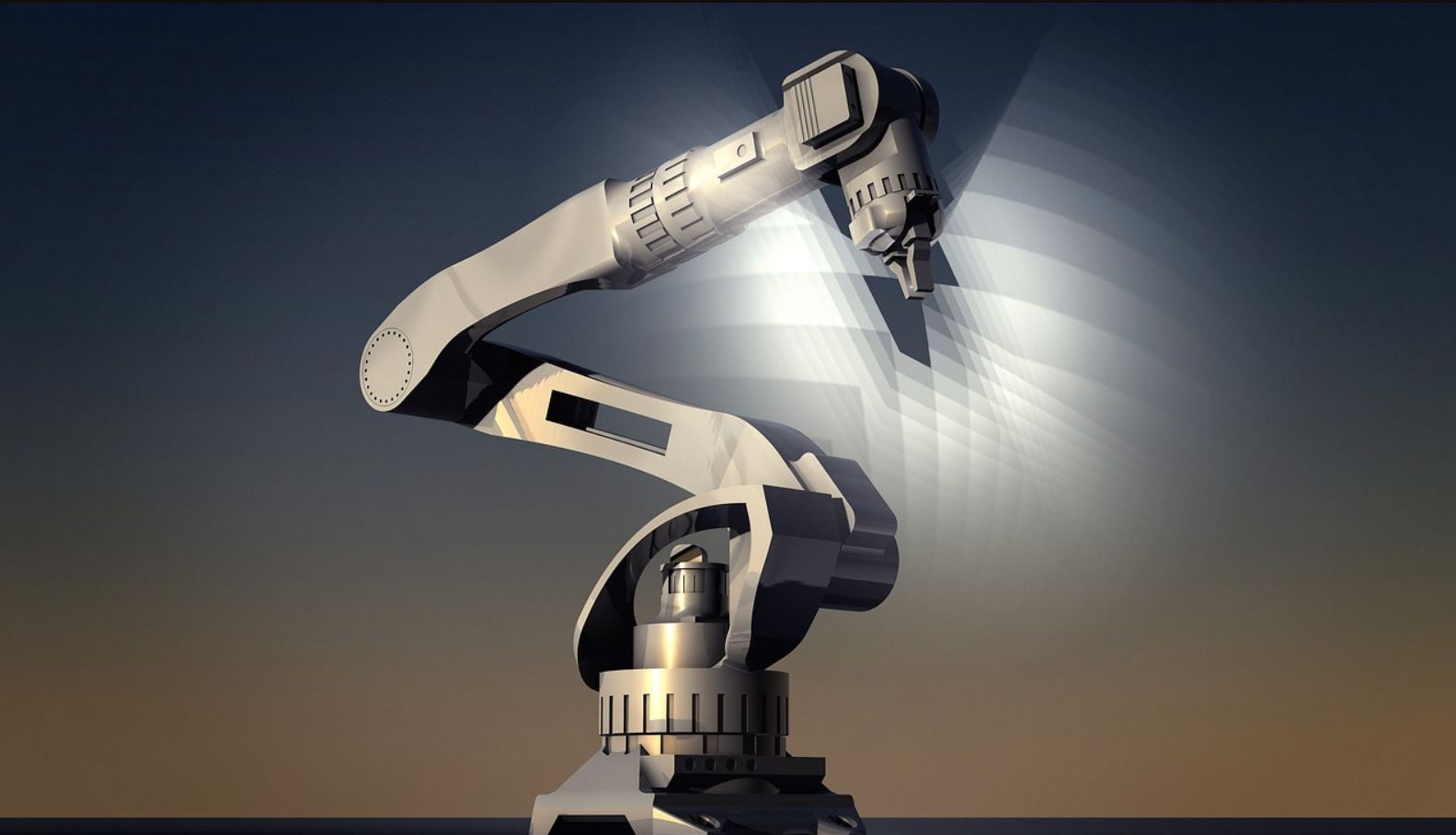Service Robots such as mobile robots or robot manipulators are being used by industry more and more according to a new report compiled by World Robotics. In growth terms, service robots saw double digit growth throughout 2021.
The World Robotics 2021 – Service Robots report was released on the 4th November 2021. It showed that the service robot industry had grown 12% compared to 2020, and had a turnover of 6.7 billion USD.
The report was presented by the Federation of Robotics.
Service robots are designed to assist humans to do jobs that are repetitive, dangerous, distant, dull, and or dirty. They have an inbuilt operating system where their parameters are defined, and they have a manual override as a failsafe.
They are used in a wide range of industries including transport and logistics, professional cleaning, health, hospitality, and agriculture.
Industries that Saw Service Robots Leap in 2021
Several industries were key to growth in the robot sector over the last twelve months. As designs and applications have improved and units become more competitive cost wise, the world seems to be embracing robots in diverse industrial sectors.
Autonomous Mobile Robots
In the transport and logistic sector, by far the most in-demand robot was the Autonomous Mobile Robots (AMR). Capable of moving loads and picking orders, AMRs and delivery robots saw demand rise by 11% with companies worldwide spending $1bn to make warehouses and factories more dynamic.
It is believed that the fact they work with other robots and humans in a mixed environment was a strong driver of sales. Most sold were for indoor use although there is a market for outdoor robots too.
Whether AMRs will catch on outside strongly depends on regulation which is prohibitive towards automated vehicles on public roads. For the sector to grow it will require large scale regulation change across the world.
Personal Cleaning Robots
With a 92% growth level and 34,400 units sold, having a robot that could clean efficiently was in demand. It is believed that extra levels of hygiene were needed due to Covid -19 and this is a large driver behind the growth in this sector.
Over 50 players in the industry developed disinfection robots that used a cleaning solution or UV light to kill bacteria. Some models were developed from scratch while others were modified mobile robots repurposed for the task.
This has opened the door to increased sales with hospitals and public spaces being potential markets. In fact, sales of professional cleaning robots are expected to expand in double digits over the next three years.
Medical Robots
Medical robots accounted for 55% of turnover of service robot sales. The applications are varied in this sector from assisting surgery to non-invasive therapies.
Robotic surgery device demand increased by 11% and accounted for $3.6bn in sales. Robots of this kind are the most expensive due to the high precision required in both the build and control systems.
Covid-19 seems to be responsible for the increase in the demand for social robots. Their role was to keep lines of communication open during lockdowns, enabling generations of families to communicate.
Most medical robots are products of Europe and North America.
Hospitality
With a tripling of turnover to $32 million, robots that can prepare food became highly popular. Again, Covid-19 seems to be a driver and growth in this region is expected to rise in double digits year on year.
Consumer Robotics
It is fair to say that consumer robots are a largely untapped market although there are products available right now. That said, last year robots that can take on domestic tasks saw a 6% increase accounting for $4.3bn worth of sales.
Robot vacuums are particularly popular. They increased by 5% selling 17.2 million units, accounting for $2.3bn worth of sales. The US, Europe and Asian markets were predominantly purchasing this domestic robot and the fact you can get a robot of this type from a local store helped to drive sales.
The other consumer sector that is expected to see double digit growth are lawnmower robots. The idea is that your robot will trundle around the garden mowing the lawn. You don’t have to be at home, it will quietly carry out its task day in day out.
Industry Structure of Service Robot Vendors
The industry is comprised of established providers with new start-ups coming on board all the time. The split across the globe is that 80% are established robot manufacturers such as Robotnik, and 20% are new business as for example Kodiak. The report classed a manufacturer as being established if it was founded before 2015.
In terms of location, almost half of the service robot industry was designed and developed in Europe. North America accounted for 27% of supply, with 25% coming from Asia.
There can be no doubt that the sector is set to grow and grow year on year.

